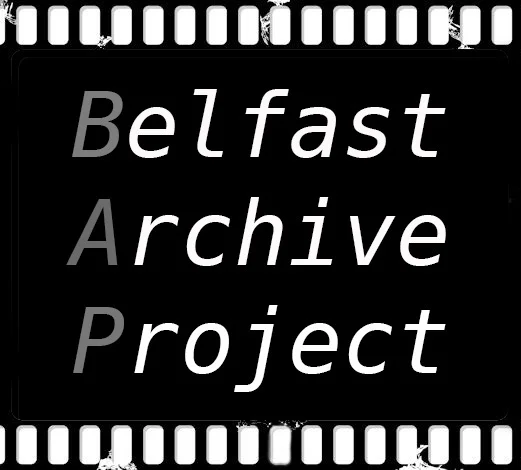Mariusz Smiejek
Freelance documentary and portrait photographer, born in Poland in 1978. His work is dedicated to expose issues of post-conflict territories and societies.
Mariusz lives in Belfast since 2011 and has been documenting a long term project about the transition and everyday life in Northern Ireland during the peace process since 2010.
Since 2017 he is also focus on refugee and migrants from Western Africa lives in Europe. He works as an associate with the Belfast-based Institute for Conflict Research.
Visit Mariusz’s website: www.mariuszsmiejek.com.
No surrender.
Protestant Loyalist Life in Post-Conflict Belfast, 2010-2019.
Since Peace Process starts in Ulster, not so many people are interested any more about what is going on in Northern Ireland. You don’t hear bombs in Belfast any more. Meanwhile at the island, deep hate dividing most part of the province. Paramilitary organizations are still very active and controlling most the areas. Third generation from working class districts, still have big problem with unemployment. In areas like Shankill, The Troubles have left a legacy which, for long, won’t let people forget about the conflict.
Ulster Volunteer Force, Ulster Defence Association and Red Hand Commando – loyalist paramilitary organisations associated with The Troubles, don’t exist anymore. Technically. However in April 2018, an official statement condemning crime, was made by the leaders of these 3 organisations. Doing so, the leaders casually confirmed the groups’ existence.
People call them ex-combatants here. They’re not active anymore, they’re a bit like a society engaging themselves in all kinds of community work. It’s a legal work in institutions such as Action for Community Transformation or Alternatives. But not all community workers are ex-combatants and not all ex-combatants are community workers.
Dozens peace lines dividing Protestants and Catholics only on the territory of Belfast. It cuts through a couple of streets. Gates are closed at night so as not to tempt fate. Interface – the land between the two conflicted districts – is an area where most tensions arise. During The Troubles, Protestant Shankill and Catholic Falls were among the most dangerous zones. Today, two decades after the Good Friday Agreement, ending the 30-year conflict in Northern Ireland, not everyone is pleased with what peace looks like.
12th of July, the celebrations commemorate the Battle of The Boyne from 1690, where William III of Orange defeated James II and commenced a period of time known in history as Ascendancy. It meant political and economic domination of the Protestant minority over the Catholic majority on the island of Ireland. Each year dozens of thousands loyalists march in parades. The night before, hundreds bonfires are lit in the whole of Northern Ireland; one of the most crucial elements of loyalist culture, next to loud and colourful parades, so called sectarian by Irish republicans neighbours.
Only from 2007 to 2013, the UE spend 2.4 billion euros on peace projects in the region and setcommunity-building initiatives for 2014-20 (up to 229 million euros) on projects aimed atintegrating Protestants and Catholics. Now Brexit bringing more and more attention to the region. Which may be next difficult time period for the people of Northern Ireland.
By Ula Chylaszek.
100% of every donation goes directly to programming. We deeply appreciate your support!
Social media
-
Great book launch for Michael McCann at Cultúrlann! Pick up a copy of his Burnt Out: How the Troubles Began!… https://t.co/M9GHarkXCG
-
RT @Inter_Arch: Nice to see more material on the Belfast Archive website. Includes Gerry Collins shots of Bombay St in August 1969… https://t.co/kgtGGySLiK



















